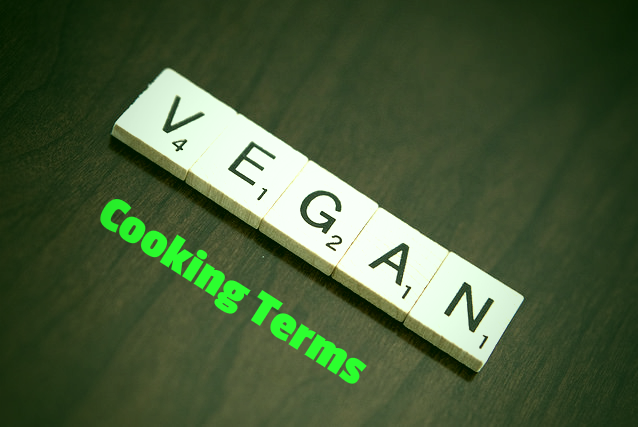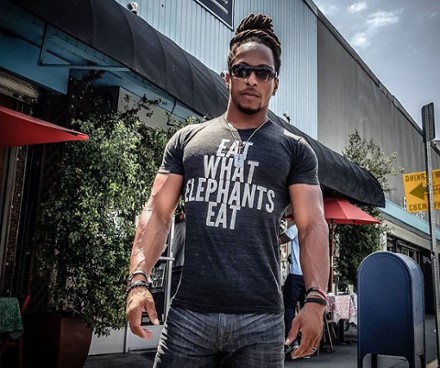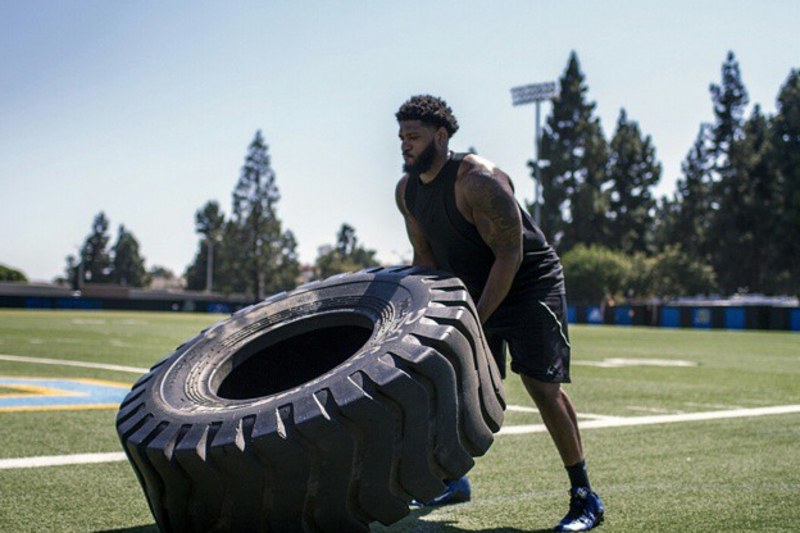Once you become familiar with your kitchen area and start preparing your first dishes, you may stumble upon some terms that you do not really understand. Below are some common ones you may run into:
Mashing
You could either mash with your fork if it is a smaller-sized part or with a masher device. Some individuals like to whip things that are normally mashed such as potatoes or squash.
Whip
You could make use of a hand mixer, upright mixer, or a wire whisk to whip nearly anything.
Pulverize
You can crush things with the rear of your knife, the bottom of a glass, or various other heavy things. There are likewise unique kitchen devices that are used for pulverizing.
Grate
Graters are available in different forms. Just make your choice. If you should grate an orange cover or lemon peel, a small hand held grater is most ideal.
Knife Techniques
There are a number of various types of knife techniques you can follow such as chopping, julienne technique (match stick-sized pieces, crush, and slice).
Mix
Depending on your mixture you have three options – an ordinary blender, a hand-held submersion mixer which works ideal for soups, and a food processor. The device you use relies on the dish you want to prepare.
Puree
When a recipe requires something to be pureed, you can do it in little batches in the regular blender, use a submersion mixer, or make use of a food processor.
This is just an overview of some of the strategies you will certainly come across. A cookbook will assist you to find about other terms you need to know. Alternatively, you could look online.
What is the Difference between Boiling, Heating and Simmering?
In fact, these are three fundamental cooking techniques for the stove top. Basically, boiling is simply setting the heat on high and waiting for the blend to bubble. Compared to boiling, heating means to let it get hot without boiling. So, there are no bubbles produced with heating. Simmering means to have something stay on low heat for an extended period of time. As a rule, you use to simmer things like soups and stews.
What is the Difference between Baking and Broiling?
You should also differ between “baking” and “broiling” although there are meals that work well with both baking and broiling. With baking, things are put at a lower heat than with broiling. You might think about breads, cookies, cakes, and savoury dishes such as vegetarian lasagne and roasted vegetables. In fact, meals like vegetarian lasagne could also be broiled.
Generally, most ovens provide a broiler as well. However, before starting out make sure to read the instructions carefully in order to take full advantage of the device.







